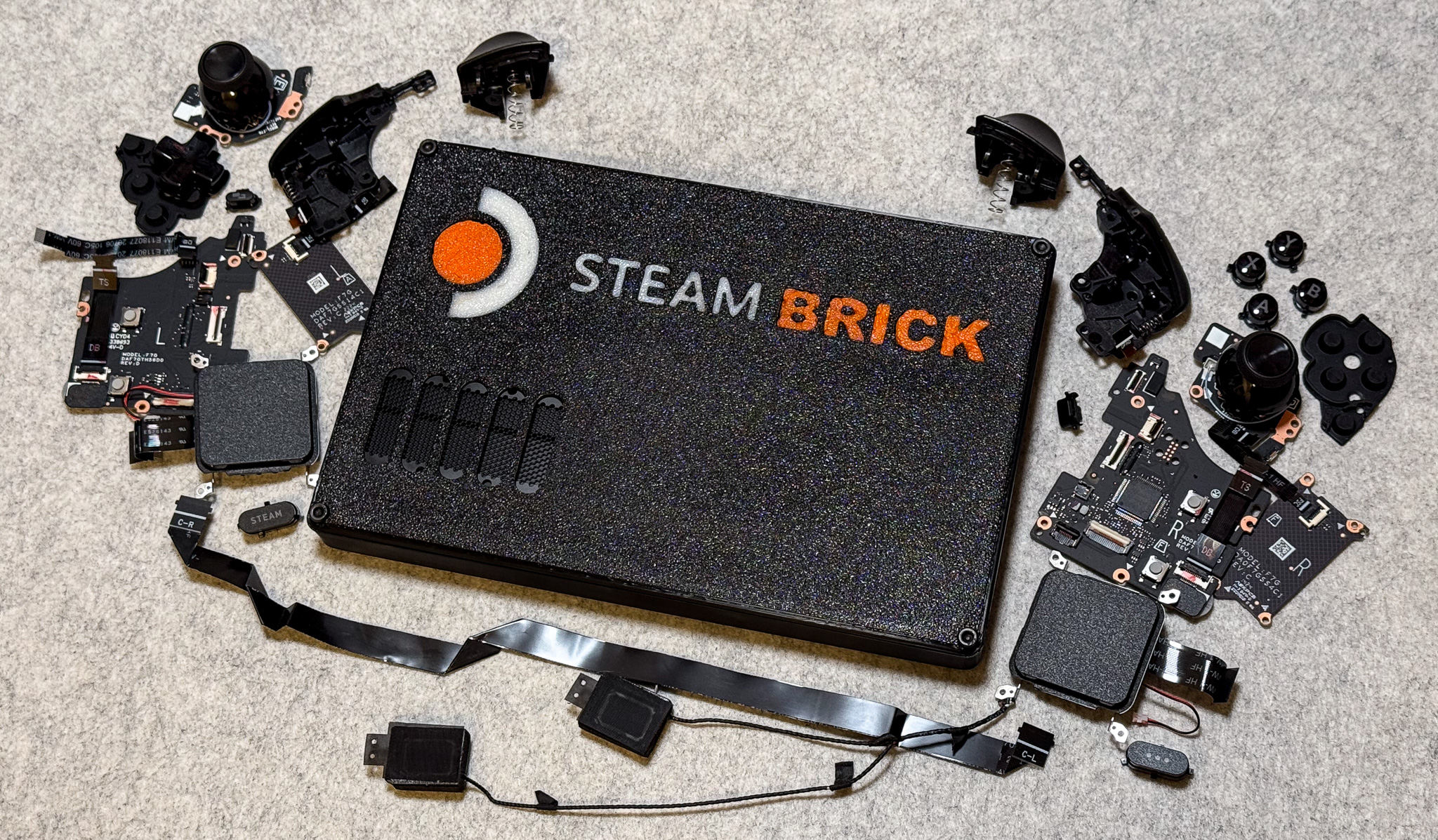Gaming handhelds are probably getting too big—the massive lad that is the Acer Nitro Blaze 2 being a perfect example—but how far would you be willing to go to make one fit in your backpack? DIYer crastinator-pro created the Steam Brick, a Steam Deck that has no mouth and it must scream, but I’m weirdly into it.
“The Steam Deck has been a game changer for travel,” crastinator-pro wrote in a GitHub post documenting the project. “But I found myself leaving it behind more often than not, as it wouldn’t fit in my backpack, took up a huge amount of carry-on space, and was a hassle to bring down from the overhead compartment when I wanted to use it.”
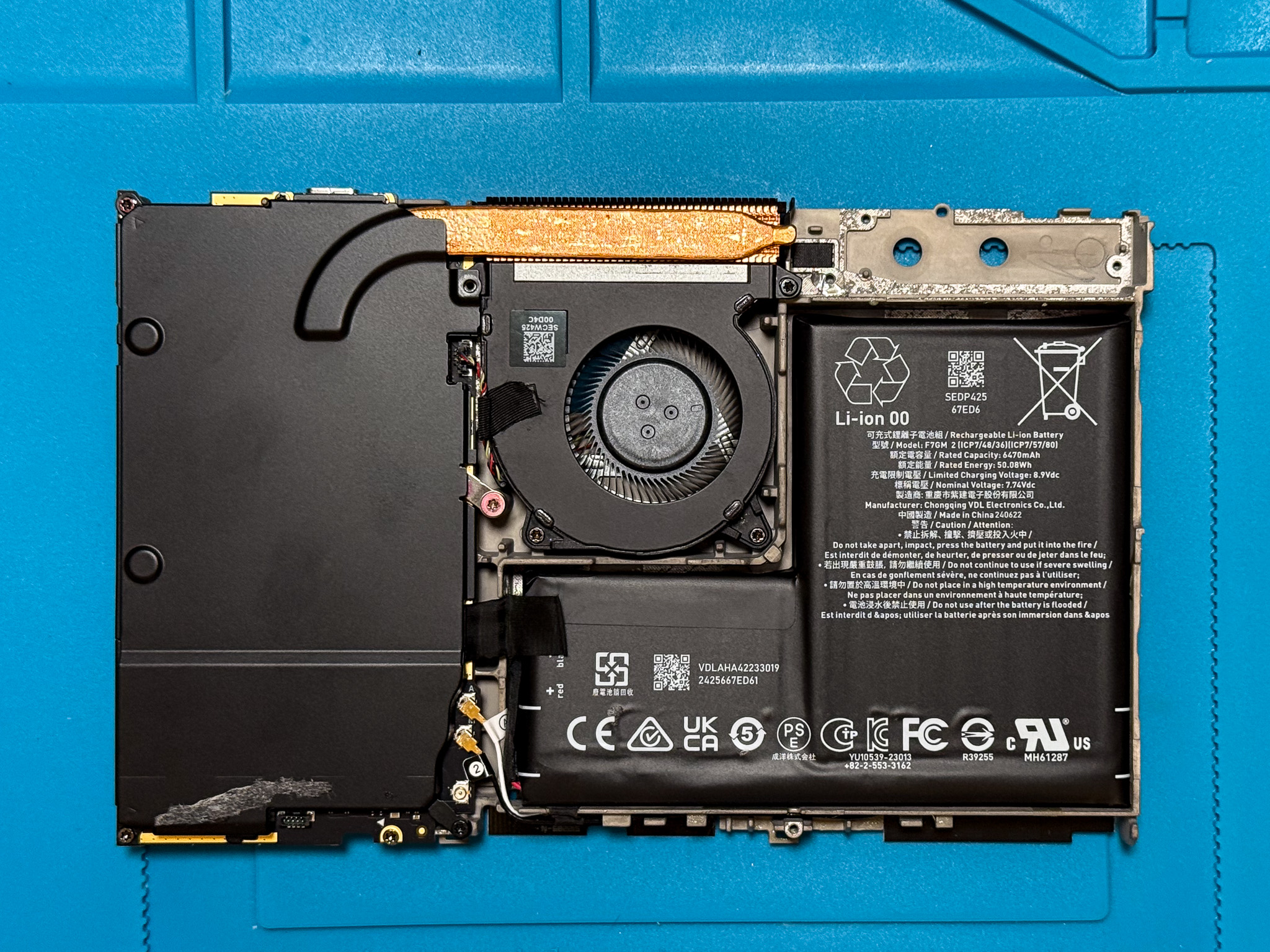
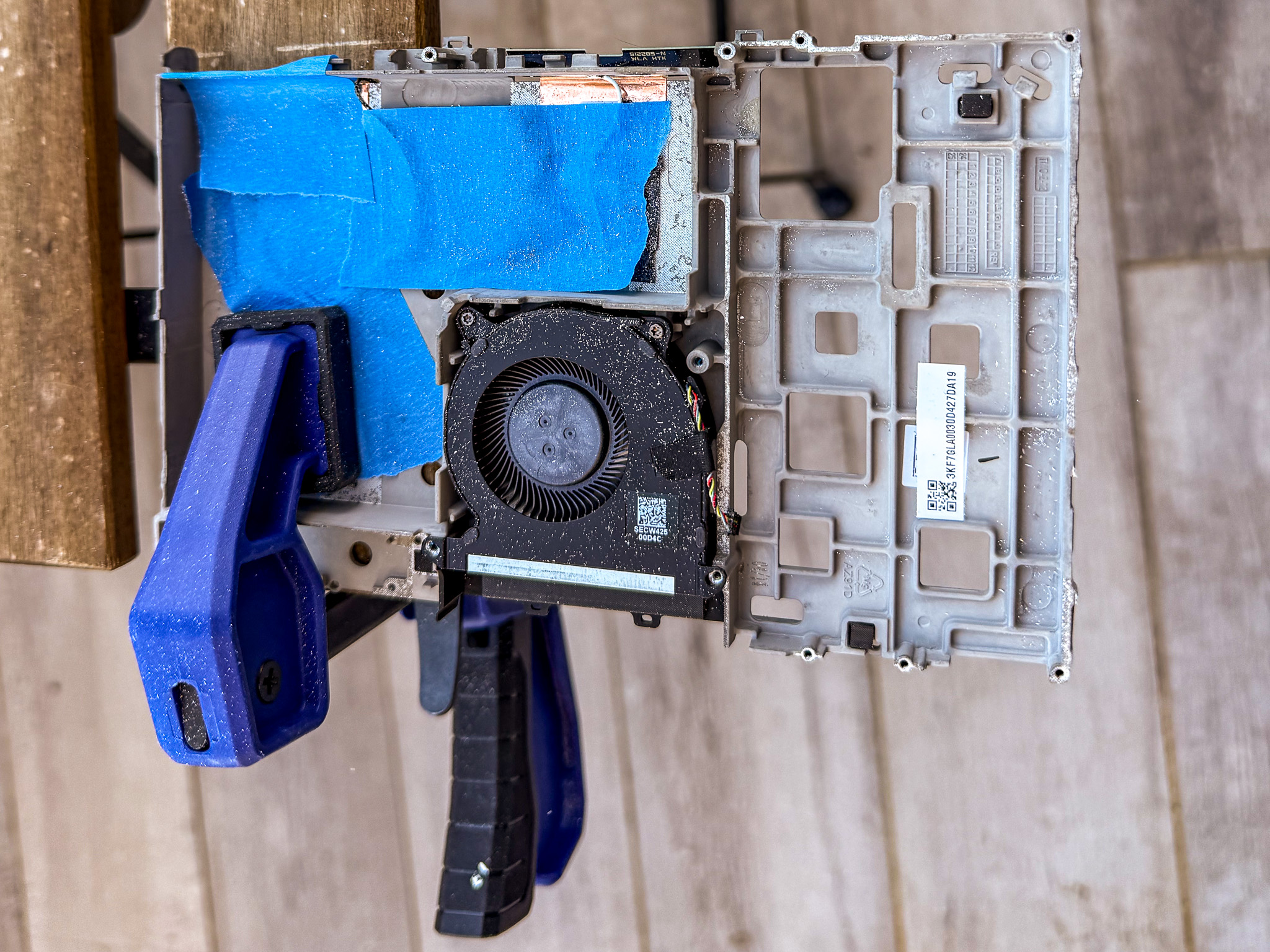
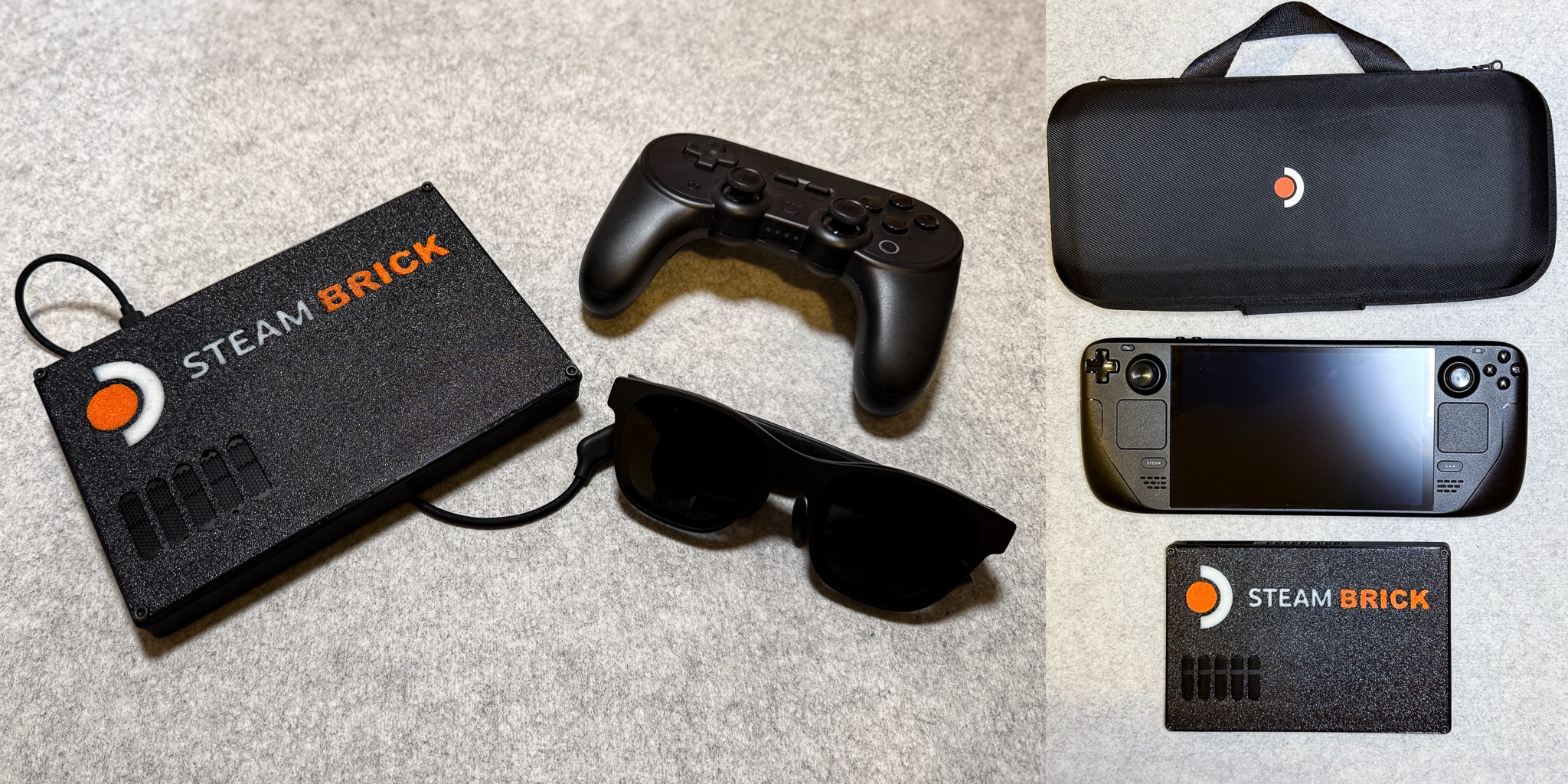
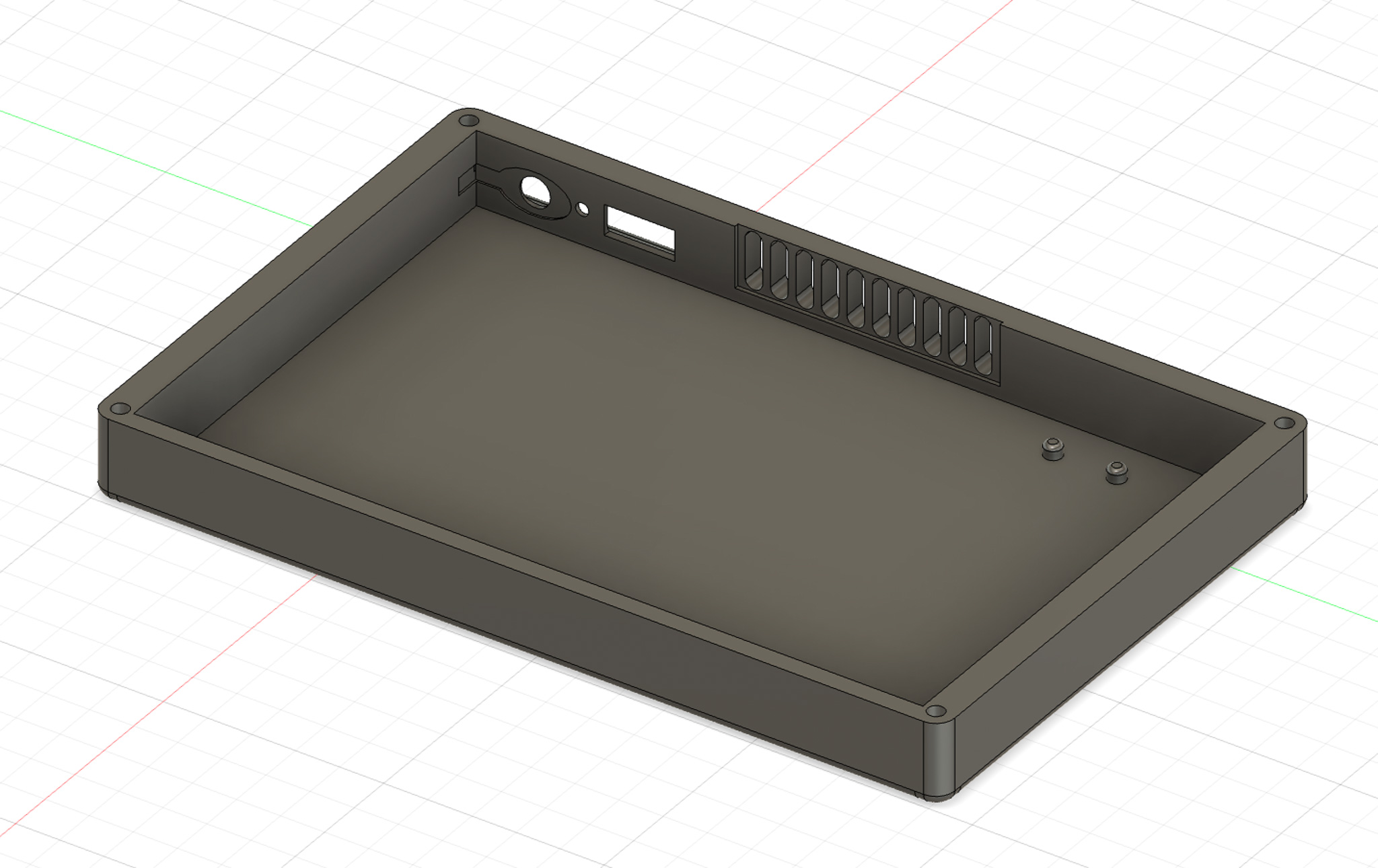
Crastinator-pro also has the most niche use-case I’ve heard for Valve’s handheld: Mostly keeping it plugged into a TV or a pair of AR glasses, the kind that can project a large screen in your field of view. “So I got to thinking,” crastinator-pro wrote. “It could be so much smaller and lighter without the built-in controller and screen, but that would be ridiculous, right? …right?”
Ridiculous it may be, but by god, it works. The Steam Brick will still boot and connect to external peripherals with its screen and all controls save the power button removed. Tragically, crastinator-pro notes that the newer revision Steam Deck OLED is preferable for the mod—RIP to that beautiful screen us Steam Deck early adopters would kill for.
Crastinator-pro kept the motherboard, battery, WiFi antenna, storage, USB-C out, power button, and cooling fan only—say goodbye to the volume buttons and headphone jack in the final build in addition to the controls and the screen. Crastinator-pro trimmed down the Deck’s internal aluminum frame and seated it in a simple 3D-printed enclosure, resulting in the final Steam Brick. Crastinator-pro cautions that this is really taking the life of the machine in your own hands, and there’s no guarantee it won’t cook itself or experience some other unforeseen failure down the line. But for the creator’s very specific use case? It seems more or less perfect.
I love how crastinator-pro essentially reversed at 60 miles per hour into creating a Steam Machine, Valve’s abortive first attempt at making its own console in the early 2010s, though being able to run off a battery certainly helps the Steam Brick run laps around its housebound predecessor. The process of making the Steam Brick also ironically shares a lot in common with console “portablizing” projects like those documented by GingerOfOz on YouTube. For years, enthusiasts have been finding ways to trim console motherboards to the minimum size where they’ll still function, allowing them to slot into handheld enclosures and run games off a battery and internal storage, but still on original hardware.

Best laptop games: Low-spec life
Best Steam Deck games: Handheld must-haves
Best browser games: No install needed
Best indie games: Independent excellence
Best co-op games: Better together







